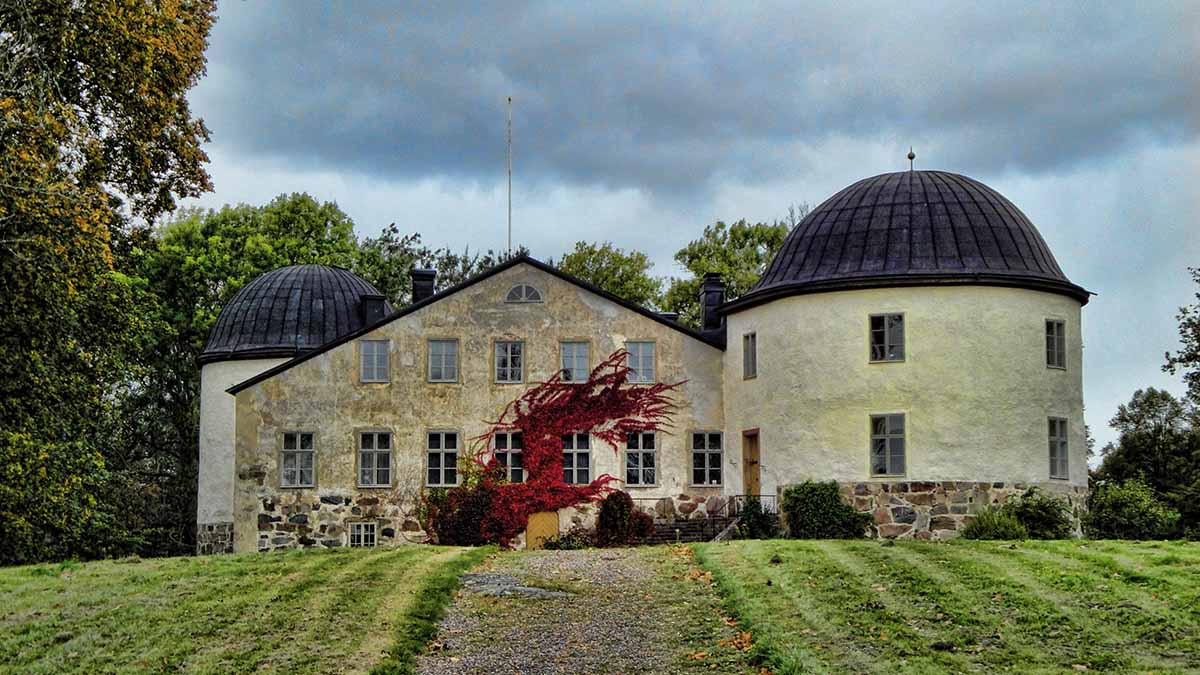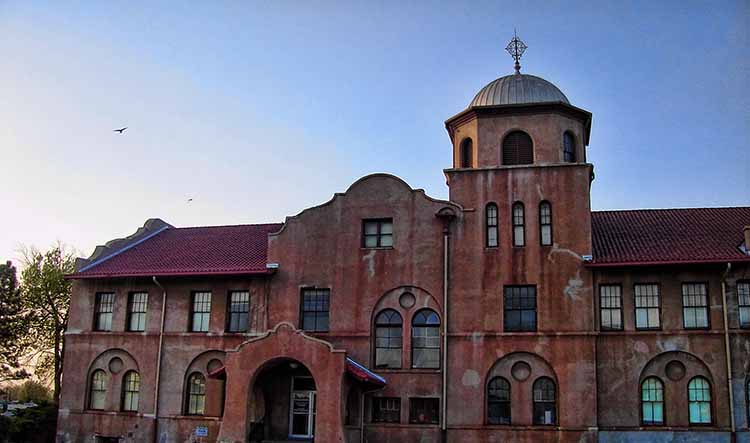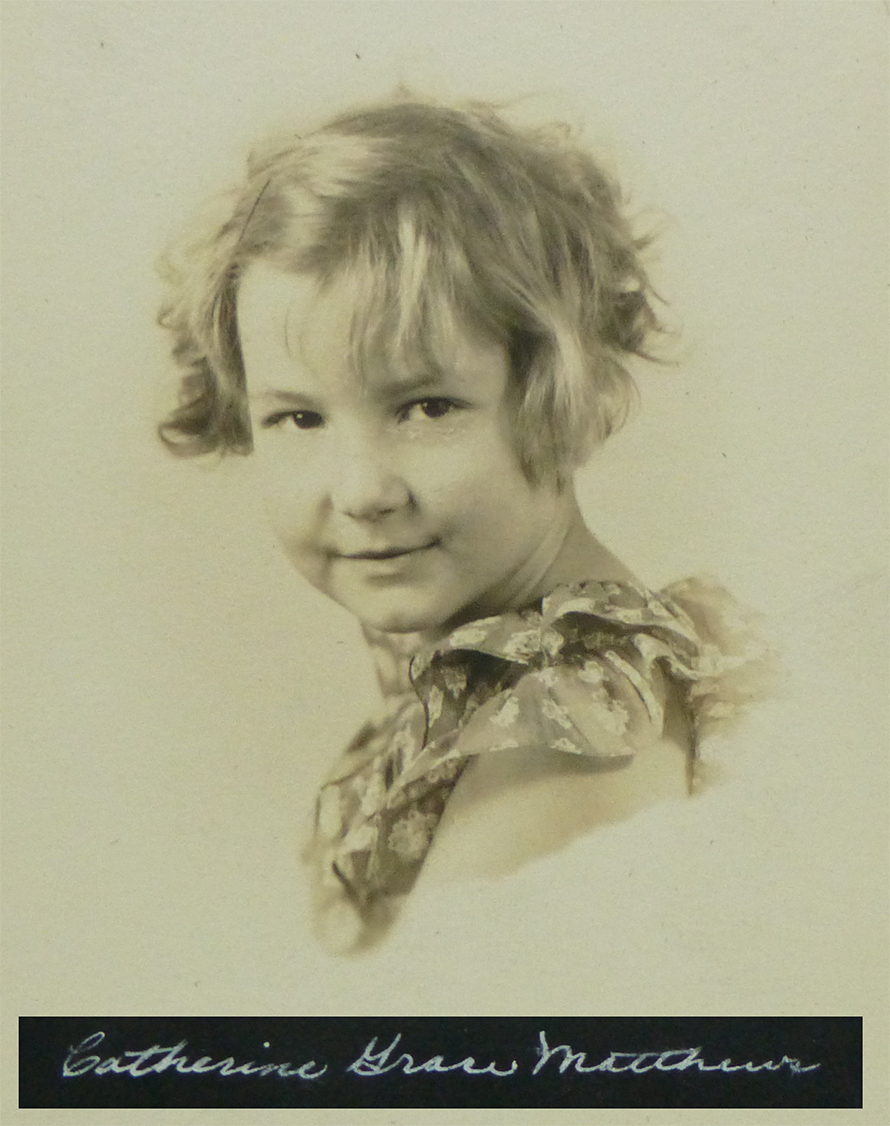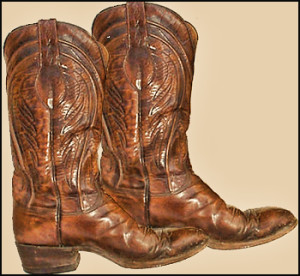A distant cousin was recently at the old Fagan ranch on the San Antonio River. Most gatherings there now are to bury our kin, and this was such an occasion. Rest in Peace: Marilyn Fagan Genty, my third cousin, and a descendant of Nicholas Fagan and Catherine Hanselman-Balsch.
So grateful for these shared photos of family collections.
Notes:
Inscribed on the door of the Mausoleum:
After all when a man comes to die all that he will have is what he has given away.
According to this article from The Houston Post on Sunday, August 31, 1924, the mausoleum was “just recently completed”. Reading between the lines, it appears that the author attributes this quote to Joaquin Miller.
Image of the Fagan House with four people out front:
Likely, it is Peter Henry Fagan and wife Laura Angelique DuBois Fagan on the right. If so, the photo was made before September 1929, when he died. It looks like there is an old cemetery in the foreground. Family lore tells that during the Civil War, cattle got into the original cemetery where Nicholas Fagan was interred and trampled the graves. After the War, Peter determined to build a mausoleum so the remains of future generations would be safe. If this was a cemetery it would be in the center of the current driveway of the house. The old cemetery (fenced off) is some distance from the house.
According to The Houston Post article —
“Remove not the ancient landmarks which they fathers have set,” quoted Uncle Peter Fagan in reply to a query as to why he preferred the tomb at the ranch instead of at the cemetery. The mausoleum, constructed from 100 tons of Colorado marble, was constructed on the site of Nicholas Fagan’s original homestead.
It’s humorous to note that Mrs Fagan was not so enchanted with the tomb! It’s said that old Pete “mused there at eventide, sitting on the buttress and watching the sunlight fade out of the Western sky.”
Note the receipt to Mr. Keefe for building the house, dated Victoira, August 29, 1868 for $335.00. That was a lot of money to come up with during Reconstruction!
The second framed receipt is for the account of L. DuBois Sr (Lucas Levi DuBois Sr 1811 – 1903) at T. D. Sullivan, Wholesale Grocer. Lucas DuBois was the father of Laura Angelique. Some of the items on the list include a sack of coffee, corn, lard, caddy of black tea, onions, cheese, peaches and sugar — plus drayage (delivery?).
Framed badges/ribbons related to Civil War service:
Camp #516 W.R. Scurry, United Confederate Veterans
The United Confederate Veterans Association was established in 1889 as a benevolent, historical, social, and literary association. It was active from 1889 to the mid 1940s. Its mission was to “unite in a general federation all associations of Confederate veterans, soldiers and sailors, now in existence or hereafter to be formed; to gather authentic data for an impartial history of the war between the States; to preserve relics or mementos of the same; to cherish the ties of friendship that should exist among men who have shared common dangers, common sufferings and privations; to care for the disabled and extend a helping hand to the needy; to protect the widows and the orphans, and to make and preserve a record of the services of every member, and as far as possible of those of our comrades who have preceded us in eternity.”
Southern Cross of Honor
The Southern Cross of Honor was a commemorative medal established in 1899 by the United Daughters of the Confederacy to honor Confederate Veterans.
The Fagan Bridge(s)
From Peter Henry Fagan’s obit: The approach to the historic Fagan home is through a wooded park as magnificent as Breckenridge Park at San Antonio and over a bridge across the San Antonio River. On a green knoll the eye rests on the beautiful mausoleum, in all its classic whiteness.
The Bloody Arm Flag
This flag has an interesting history. A varied history, depending on the source.
From the Texas Historical Commission: The dramatic Bloody Arm flag, which was designed by Captain Philip Dimmit, the same man who designed the 1824 flag two months earlier, was raised at the Presidio La Bahia in Goliad on December 20, 1835, in honor of the signing Goliad Declaration of Independence. This declaration, which stated that Texas was a “free, sovereign, and independent State,” was signed two months before the General Convention officially declared independence at Washington-on-the-Brazos. The flag was permanently lowered on January 10, 1836, and was not present for either of the battles at Goliad. Along with the Dodson flag, the Bloody Arm flag flew over Independence Hall when the Declaration was signed.
From the Texas Flag Park: It is not generally known that the first Declaration of Independence from Mexico was drawn and signed on the altar of Our Lady of Loreto Chapel at Presidio La Bahia. To celebrate the signing, Capt. Phillip Dimmitt’s volunteers made this flag as Nicholas Fagan cut a sycamore pole staff. They raised the flag and as it unfurled for the first time it was immediately pierced with a gunshot from the streets outside the wall.
Sons of Dewitt Colony has a great article on what they refer to as “Dimmit’s Goliad Flag”, and this dialog notes that Mary Agnes Mitchell’s First Flag of Texas Independence cites the memoirs of participants [at Goliad] John James and Nicholas Fagan.




 “If you ever see a turtle on a fence post, don’t ever think he got up there by himself. Everybody has help getting where they are.”
“If you ever see a turtle on a fence post, don’t ever think he got up there by himself. Everybody has help getting where they are.” “If you ever lose yourself and need time to think and find yourself, I will give you 5 minutes before my boot helps you out!”
“If you ever lose yourself and need time to think and find yourself, I will give you 5 minutes before my boot helps you out!”